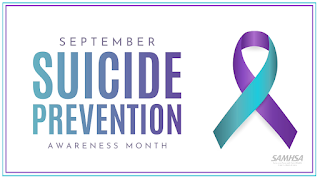Learning to Understand Effects of Trauma
We've been hearing more and more about the importance of understanding the psychological effects of trauma and what a student with a high number of Adverse Childhood Experiences (ACEs) may look like in the classroom setting. Children who are affected by trauma often react in unexpected ways, as research has shown that they undergo neurological changes, as compared to children who have not been exposed to trauma.
The article The Trauma Behind Students' Actions opens with this statement: "Sometimes, children just need somebody willing to listen." I think most of us would probably agree with that statement. Six schools in Central Illinois are part of a pilot project in trauma-informed schools, helping not only teachers and administrators, but all adults who work with kids, to see through a “trauma-informed lens,” as it's known.
One of the strategies used by teacher Kristin Portis is pictured below. Each cup represents a different mood, and each child has a Popsicle stick with his or her name on it to place inside the cups in the morning to show how they feel. This lets the teacher know who may need some extra attention or support in the morning, to help set the tone for a better day.
I love that quick and easy way for a teacher to "take the temperature," so to speak, of how the class is doing first thing in the morning. When we look at students through a "trauma-informed lens," we are reminded that school may be the only safe place for some of our students.




Comments
Post a Comment